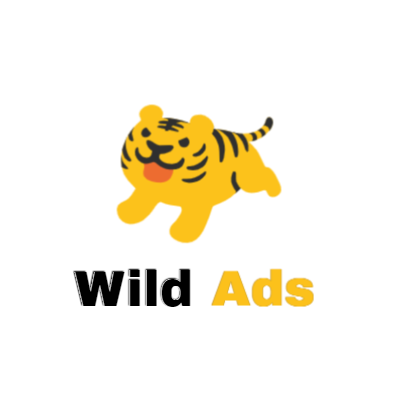Okay, the title here is a rhetorical one, read below find the answers for the same.
The no-follow link attributes (rel=”nofollow“) is an implication to Google that the pointed page is not associated with this site, or to not crawl the linked page from your site. This attribute proposed in 2005, was to help the content creators define relationships with the linked site.
With advancements in the Web, they have evolved these attributes as well. On September 10, 2019, Google announced two new link attributes, in fellowship with the already existing no-follow attribute, for sponsored content and user-generated content (UGC). This feature will help the webmasters to hint Google search engines about the link’s nature. Below is a summary of the old and new attributes by Google:
|
From 2005 to September 2019 |
After September 2019 |
After March 2020 |
| rel=”nofollow” was the only attribute available for all types of unwarranted links. | Split into three categories:
|
Split into three categories:
|
| Will not be considered for crawling, indexing, and ranking | Might be considered for ranking | Might be considered for crawling, indexing, and ranking |
Can more than one rel value be used on a link?
Yes, you can use multiple attributes in a single link. The combination of rel=”ugc sponsored” is a hint to Google that the link is user-generated content & sponsored. You can also use the nofollow attribute with a combination of new attributes, such as rel=”nofollow ugc”.
What if the used attribute is inappropriate?
In such circumstances, Google will not count it as a proper link.
The right attributes help Google for better analysis.
So, keep flagging the ad or sponsored links to Stay out off Google’s naughty list. Use the proper attribute to classify the link under the corresponding baskets.

